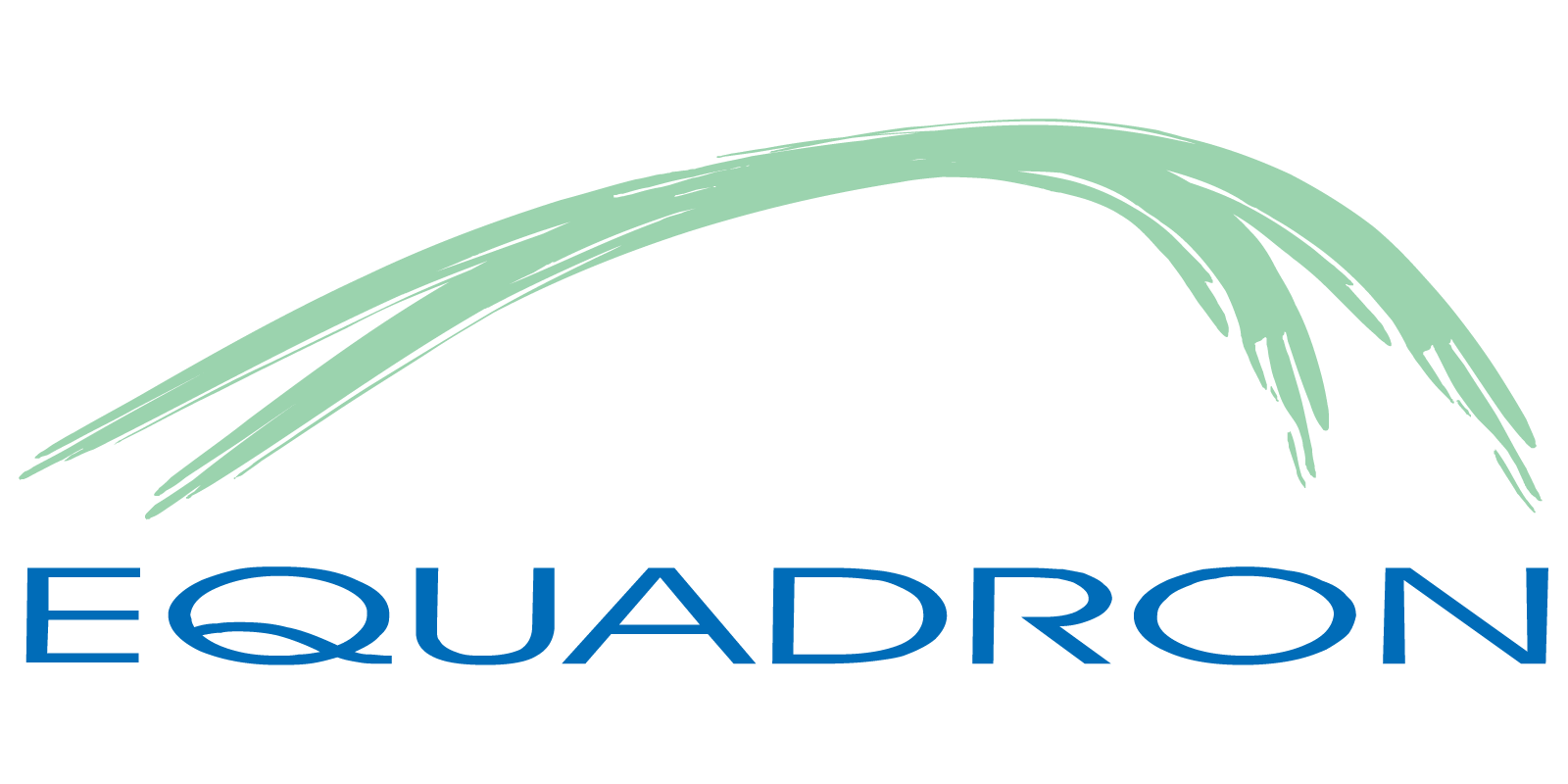As a standard for shop and field welding of steel bridges, the AWS D1.5 code outlines the requirements to ensure welded structures’ safety, durability, and quality. Preparing a Procedure
Tag: Welding inspection
Welding inspection typically consists of a series of quality control checks carried out by welding inspectors. It ensures welded joints meet the required levels of quality and are fit for purpose.
In the fast-paced world of construction, balancing project budgets and meeting tight schedules are ever-present challenges. These pressures, while an expected part of the industry, can sometimes come at
We are pleased to announce Equadron’s engagement in the Kennedy Newton Water Main Phase 3 project. The $27.9M project consists of the supply and installation of all materials related
The first step should be familiarizing yourself with the new or rehab project requirements. The structural steel project specification as well as the IFC and erection drawings should contain
This winter edition of the Canadian Institute of Steel Construction (CISC) online magazine Advantage Steel includes Equadron’s General Manager Carlos Soubrier’s contribution. The paper exposes the numerous challenges of
The welding consumables identification system is not the simplest to interpret. Sometimes, key welding project requirements are missed due to the complexity of their identification systems and the absence
The development of welding procedures by steel shops and field welding contractors is a requirement of all welding codes. The codes intend that welding companies create welding procedures for
Ultrasonic (UT) and radiographic (RT) examinations are the most common volumetric non-destructive testing (NDT) methods. Their popularity spans multiple industries due to their reliability in detecting internal defects in
A Mill Test Certificate (MTC), or Mill Test Report (MTR), is issued by a manufacturer to certify the chemical and mechanical features of a product and its compliance with
Weave bead welding involves making a weaving pattern to cover a larger area in the joint. This technique is very popular among welders and can be noticed both
